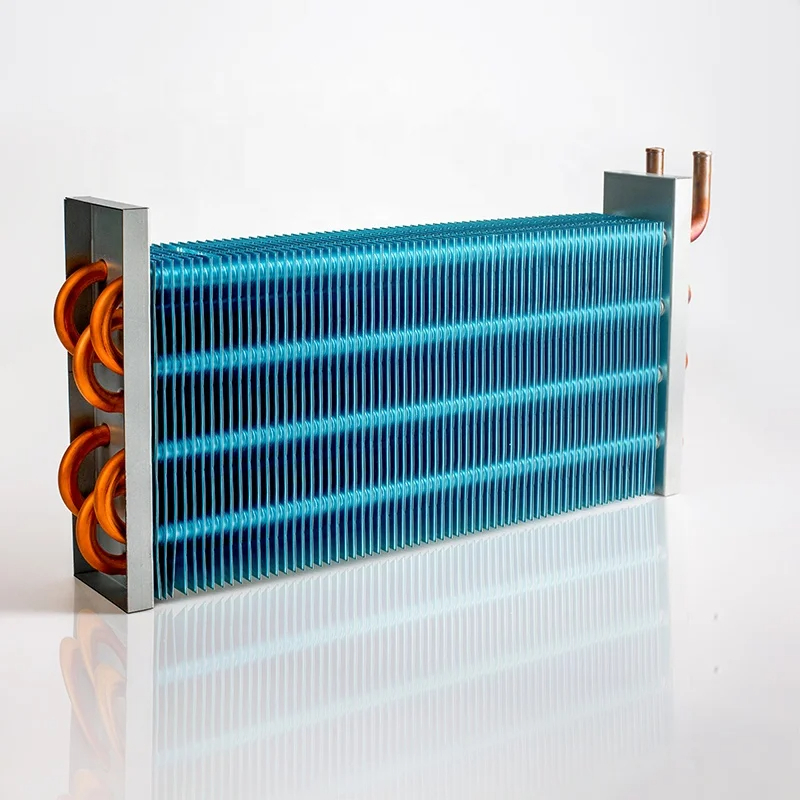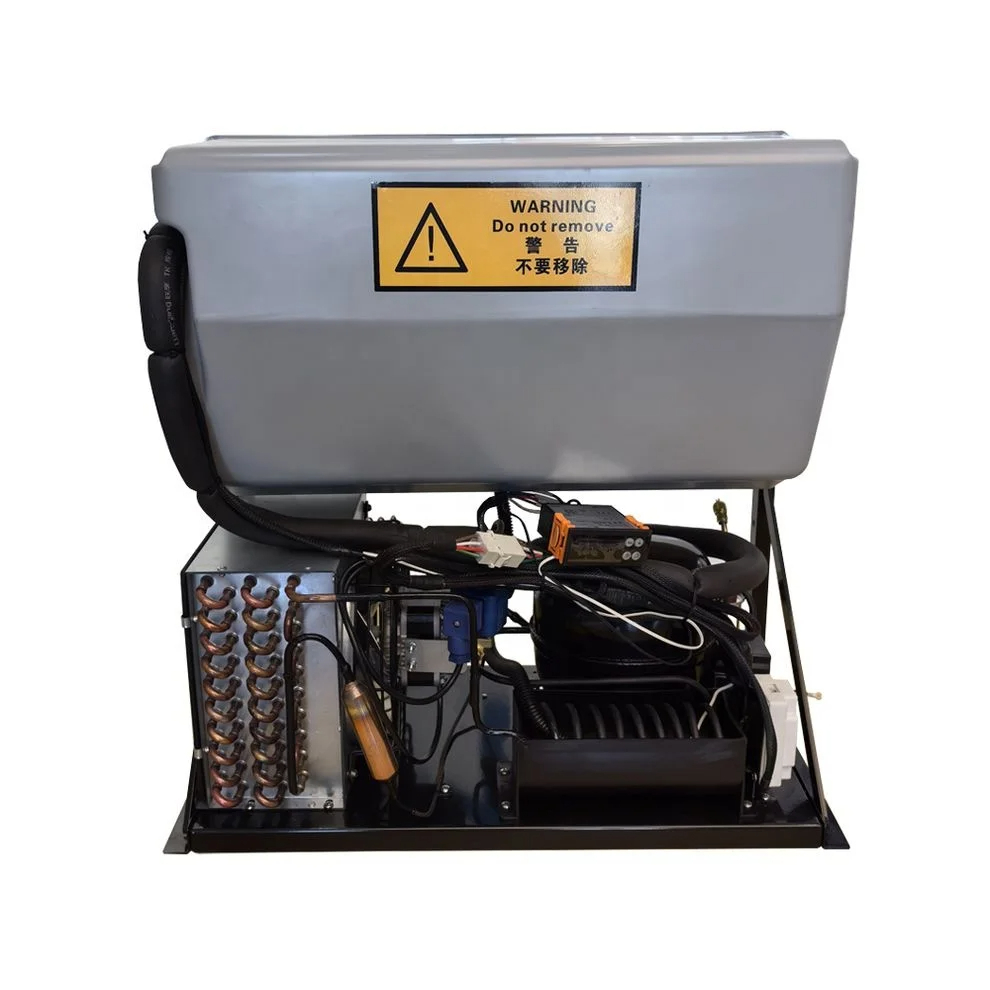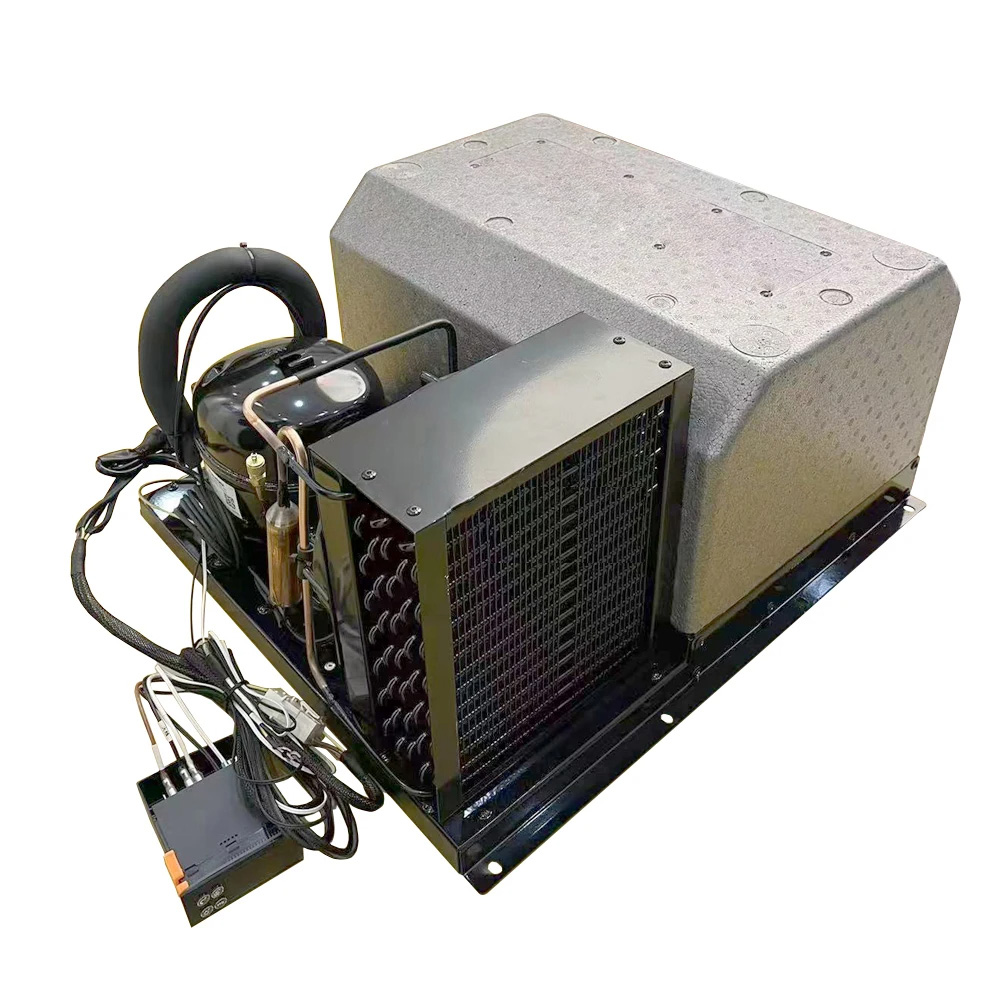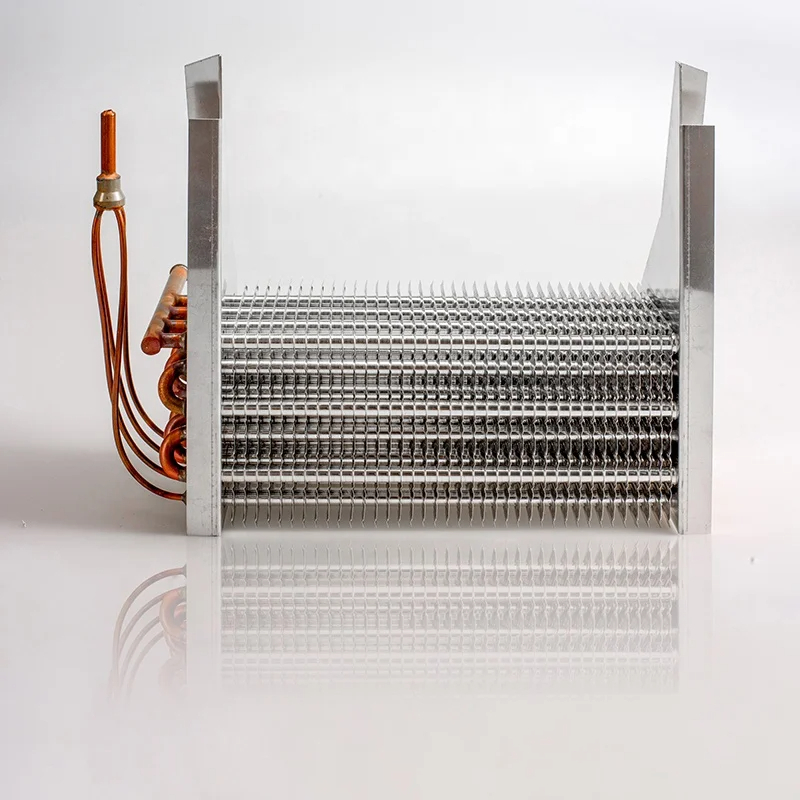Średni wymóg obrotu cashbacku
Cashback w kasynach online Bet ile trwa wypłata podlega zwykle wymogowi obrotu x1–x5, co jest znacznie niższe niż w bonusach depozytowych; nieliczne serwisy oferują cashback bez warunków, traktując go jak czysty zwrot środków.
Gry karciane podczas wydarzeń sportowych
W dni ważnych meczów piłkarskich aktywność w grach karcianych rośnie o 8–12%, gdy część graczy po zakładach sportowych w Beep Beep opinie przenosi się na blackjacka lub Casino Hold'em.
Standardy informacyjne wobec YMYL
W kontekście YMYL Google i organy państwowe oczekują, że strony hazardowe będą informować Lemon wypłata o ryzyku utraty środków, braku gwarancji zysku i możliwości uzależnienia; brak takich treści może być uznany za wprowadzanie konsumenta w błąd.
Średni czas sesji w grach live
Polscy gracze spędzają średnio 26–35 minut na jednej sesji live, a najdłuższe sesje w Bison notowane są przy stołach blackjacka VIP, gdzie pojedyncza rozgrywka potrafi trwać ponad godzinę.
Udział kasyna w podatku od gier
Dane H2 Gambling Capital pokazują, że w I GG Bet wypłata połowie 2025 roku podatek od gier w Polsce wyniósł ok. 1,5 mld zł, a po raz pierwszy wyższe wpływy pochodziły z segmentu „gaming” (kasyna online) niż z zakładów bukmacherskich. [oai_citation:3‡LinkedIn](https://www.linkedin.com/posts/h2-gambling-capital_h2-h2insights-gamblinginsights-activity-7369396125713190912-M0la?utm_source=chatgpt.com)
Wzrost popularności crash w ciągu 3 lat
Między 2022 a 2025 rokiem liczba aktywnych graczy crash Vulcan Vegas opinie forum wśród polskich użytkowników wzrosła szacunkowo 3–4-krotnie, a miesięczna liczba rund w nowych tytułach rośnie o 15–25% rok do roku.
Nowe crash a widoczność na stronach głównych
Około 70% kasyn, które wprowadzają nową grę crash, eksponuje ją przez pierwsze 1–2 tygodnie jak wypłacić pieniądze z Ice w top sekcjach „Nowe” lub „Popularne”; po tym okresie widoczność spada, jeśli gra nie utrzyma wystarczającego wolumenu.
1
Szybkość animacji w nowych grach
W 2025 standardem jest możliwość skrócenia animacji obrotu bębnów; tryb Pelican 66 „quick spin” zmniejsza długość jednej rundy z ok. 3 sekund do 1,5–2 sekund, co przemawia do graczy preferujących dynamiczną rozgrywkę.
Udział mobile w grach crash
Gra w nowe tytuły crash odbywa się niemal wyłącznie na Bizzo weryfikacja urządzeniach mobilnych – szacunki mówią o 80–90% rund rozgrywanych na smartfonach, reszta przypada na laptopy i rzadziej tablety.
Średnie wymagania obrotu bonusu
Typowe wymagania obrotu dla bonusu powitalnego w kasynach offshore obsługujących Polaków mieszczą się w przedziale x25–x40 Bison kody promocyjne depozyt+bonus, a okres ważności oferty to zwykle 7–30 dni od aktywacji.
Średnia liczba powiadomień session-time
Niektóre nowe kasyna wprowadzają Beep Beep slots automatyczne przypomnienia po 30, 60 i 120 minutach gry; dane wskazują, że po otrzymaniu takiego komunikatu 10–20% graczy kończy sesję w ciągu kilku minut.
Struktura legalnego rynku online
Analizy Altenar i ICLG pokazują, że w Polsce pełną licencję MF posiada kilkanaście serwisów zakładów online i tylko jeden operator kasyna; mimo to część graczy wybiera nielicencjonowane kasyna .com lub .pl, do których należy segment konkurujący brandowo z Stake kod promocyjny bez depozytu.
Nowe kasyna a onboarding KYC
W 2025 Mostbet PL darmowe spiny r. większość nowych kasyn wymaga pełnego KYC (dowód tożsamości + potwierdzenie adresu) dopiero przed wypłatą; średni czas akceptacji dokumentów w dobrze zarządzonych projektach wynosi 15–60 minut.




